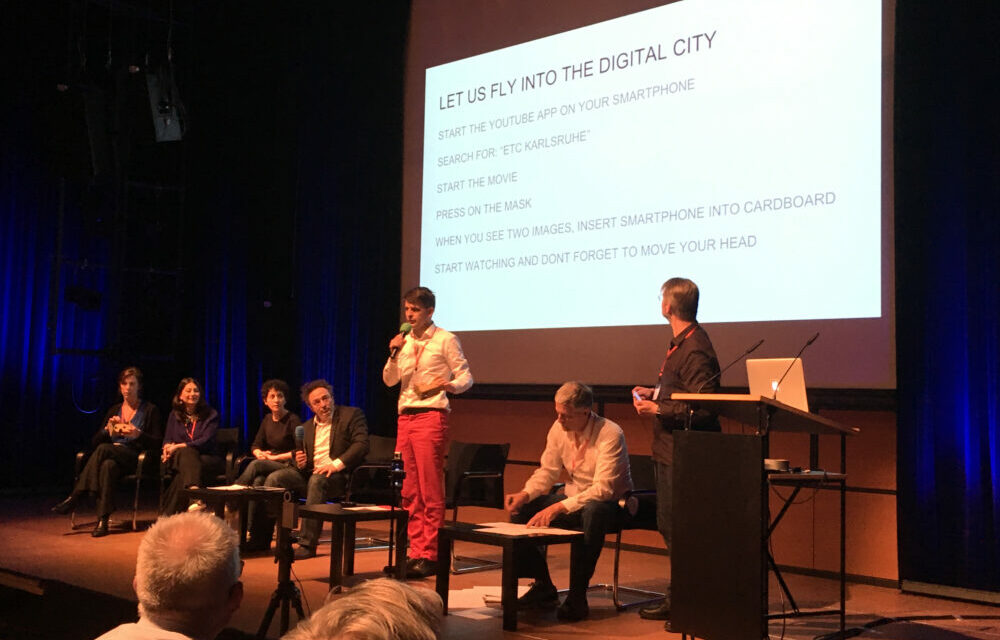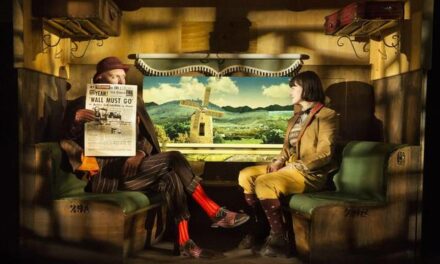The Field Survey, Part 3: Opening Up
Reaching and attracting new audiences with the help of digital means is one of the main objectives in the discussion on theatre in the digital age. It is obvious that the internet and social media have changed not only how we present our theatres and programs, but also how we address our (potential) customers and manage relations with ticket buyers. Along with using new technology for marketing reasons, the answers we obtained in our field survey show that participants possess a deeper understanding of these changes. Here are their most frequent arguments.
Point 1: “Engage audiences!”
This is the call heard from theatres all over Europe. And these days, the best way to engage them is, of course, on social media. The free, democratic and participative approach offered by Facebook, Twitter, Instagram and other platforms is considered the perfect tool to easily reach cool younger audiences.
Point 2: “It’s about communicating on the same level as your audience, not top-down.”
This is indeed the most important message we need to listen to and convey; indeed, this represents a new approach for many theatres accustomed to communicating as representatives of high culture. However, we must acknowledge that the younger generation is interested in what’s going on behind the scenes, wants to see the people involved, get involved themselves and connect with others.
Obviously, theatre-makers from all over Europe have understood that they can spread more and other information in the social media channels which does not only mean more news traffic but also another way of building a certain image – and with it, a community of fans and friends (who provide them with direct feedback and dialogue), rather than mere customers. Making information about theatre available to the young audience is a topic that was named several times. And vice versa: By microtargeting the audiences – by using big data, for example – theatres can more easily gather information about their audiences and address very specific target groups.
Point 3: “Theatre increases accessibility, especially for those unable to go to the theatre.”
When we talk about inclusion, we do not mean only those younger audiences who currently do not go to their theatre. Digital technology can help to include those who face obstacles in coming to the theatre personally – such as blind or deaf spectators and people with other disabilities – and enables us to share the experience with people all over the world. It is a cross-border opportunity in many different ways.
Point 4: “Use technology for the performances, not just marketing.”
In addition to all that, it is understood that digitization in theatre is not mainly about marketing. Digital technology changes the way we communicate and sell but also how we tell stories, and how we disseminate and perceive them. “Useful in the performance” was one terse remark in the survey results. This covers most everything that is going on stage – from digital set design to the use of VR, 3D and 360-degree projections, and from motion tracking performers to new narratives inspired by interactive games. And, interestingly enough, gamers were named several times as a new target group for theatres, especially as this group might be interested in new forms of narration and interactive technology on stage. Furthermore, digital technology as a subject for new theatrical productions could also attract new audiences, as it combines the digital and the real world.
One participant suggested creating additional new platforms that promote the connection between theatre and technology. Well, this is what we are already doing with this very website, so please spread the word!
Several survey respondents called attention to the fact that digital technologies open up different ways of spreading theatre beyond the stage itself. For example, live streaming theatre is now the subject of heated debates in Europe, though a few participants advocated for it at the conference in Karlsruhe. Streaming could be a great way to entice remote audiences, and it offers an alternative view of theatre and the chance to include backstage visuals and “making of”-material. Research into live streaming in the UK has shown that it succeeds in attracting younger audiences – so this is surely a means of “opening up” theatre in the future.
Point 5: “Theatre should be a place of resistance”
Last, not least, I want to mention one more contribution in the survey that gives us food for thought: “Theatre should be a place of resistance, so I don’t like the idea of more digital technology in theatre.” This opens a debate on basic principles on the relationship between artistic expression and resistance. What do you think? Please let us know in the comments.
This article originally appeared in European Theatre Lab on May 29th, 2017 and has been reposted with permission.
This post was written by the author in their personal capacity.The opinions expressed in this article are the author’s own and do not reflect the view of The Theatre Times, their staff or collaborators.
This post was written by Maren Day.
The views expressed here belong to the author and do not necessarily reflect our views and opinions.


















